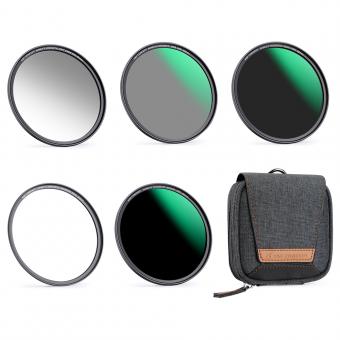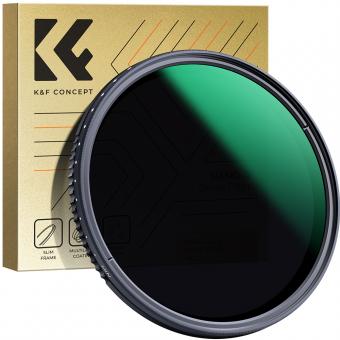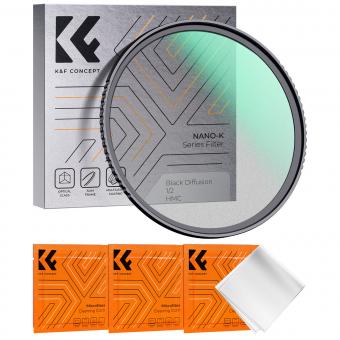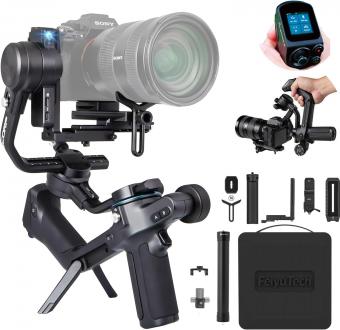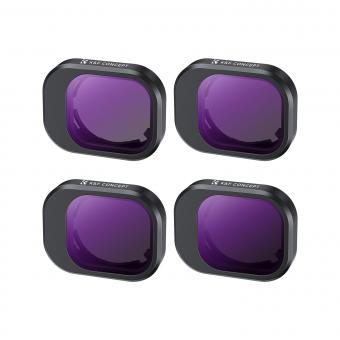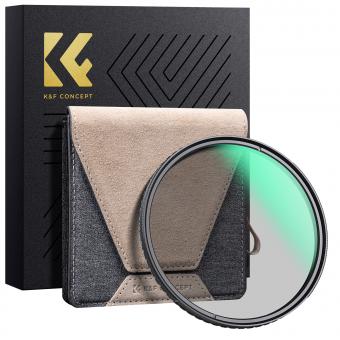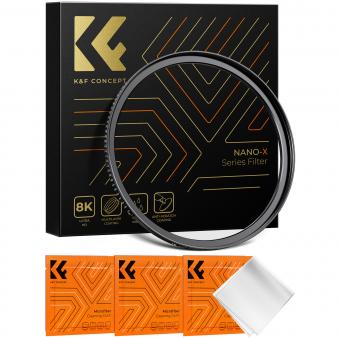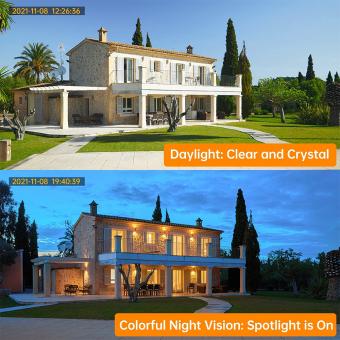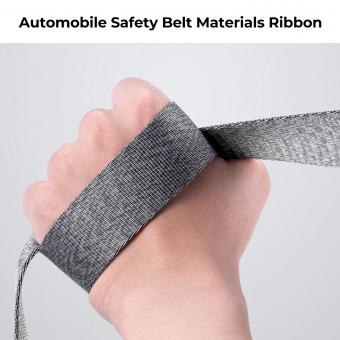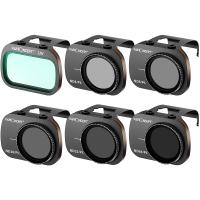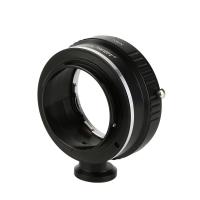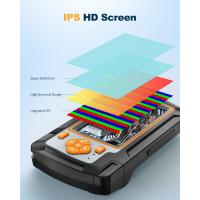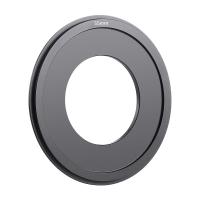Which Is Better 80x100 Or 40x60?
It depends on the context in which the measurements are being used. If you are referring to the size of a room or a piece of land, 80x100 would be larger than 40x60. However, if you are referring to a ratio or a scale, the "better" option would depend on the specific application or requirement.
1、 Area
The question of whether 80x100 or 40x60 is better depends on the context in which it is being considered. If we are comparing the two options in terms of area, then it is clear that 80x100 is better as it results in a larger area. The area of an 80x100 rectangle is 8000 square units, while the area of a 40x60 rectangle is only 2400 square units. Therefore, from a purely mathematical standpoint, 80x100 is the better option in terms of area.
However, it's important to consider the specific requirements and constraints of the situation. For example, if the available space for construction or development is limited, then a smaller area may be more suitable. Additionally, the cost of materials and construction may be a factor, as a larger area will require more resources and may be more expensive to build or maintain.
In some cases, the shape and proportions of the space may also be important. A 40x60 area may be more conducive to certain types of layouts or designs, while an 80x100 area may be more suitable for other purposes.
Ultimately, the decision of which size is better depends on the specific needs and constraints of the situation. It's important to carefully consider all relevant factors before making a decision.
2、 - 80x100
In the comparison between 80x100 and 40x60, the 80x100 option is generally considered better for several reasons. Firstly, the 80x100 size offers a larger surface area, providing more space for artistic expression or practical use. Whether it's for a painting, a photograph, or simply a decorative piece, the larger canvas allows for more intricate details and a grander overall impact. Additionally, the 80x100 size can be more versatile, accommodating a wider range of subjects and compositions.
From a practical standpoint, the 80x100 canvas can be more visually striking when displayed in a room, making a bold statement and drawing attention to the artwork. It can also serve as a focal point in a larger space, adding depth and visual interest. Furthermore, the larger size can evoke a sense of grandeur and significance, elevating the perceived value of the artwork.
While the 40x60 size has its own merits, such as being more manageable in smaller spaces and easier to transport, the 80x100 size offers a more immersive and impactful experience for both the creator and the viewer. Ultimately, the choice between the two sizes depends on the specific needs and preferences of the artist or the intended display environment.
3、 - 40x60
The question of whether 80x100 or 40x60 is better depends on the specific context and requirements. In terms of size, 80x100 offers a larger area, which can be beneficial for creating a more impactful visual presence or accommodating larger subjects. This size may be more suitable for large wall spaces or for creating a focal point in a room. On the other hand, 40x60 provides a more moderate size that can be easier to manage and fit into a variety of spaces. It may be more versatile for displaying in smaller rooms or for creating a cohesive arrangement with other artworks.
From a practical standpoint, the choice between the two sizes may also depend on the intended use. For example, if the artwork is intended for a gallery or exhibition space, the larger 80x100 size may be more attention-grabbing and suitable for creating a statement. However, for personal use in a home or office setting, the 40x60 size may be more manageable and better suited for complementing the existing decor.
Ultimately, the decision between 80x100 and 40x60 comes down to the specific needs and preferences of the individual or organization. Both sizes have their own advantages and can be effective depending on the intended purpose and setting.
4、 Perimeter
The comparison between 80x100 and 40x60 in terms of perimeter depends on the specific context and requirements. If we are considering the perimeter of a rectangular area, then the perimeter of an 80x100 rectangle would be 360 units, while the perimeter of a 40x60 rectangle would be 200 units. In this case, the 80x100 rectangle has a larger perimeter.
However, it's important to note that the "better" option depends on the specific needs and constraints of the situation. If the goal is to maximize the enclosed area for a given perimeter, then the 80x100 rectangle would be more efficient. On the other hand, if the focus is on minimizing the amount of fencing or material needed for the perimeter, then the 40x60 rectangle would be the better choice.
In some cases, the specific dimensions may be dictated by external factors such as available space, building codes, or design requirements. Therefore, the "better" option may be the one that best fits within these constraints.
It's also worth considering the latest point of view, which emphasizes sustainability and resource efficiency. In this context, the 40x60 rectangle may be considered better as it requires less material for its perimeter, contributing to reduced environmental impact.
Ultimately, the decision between 80x100 and 40x60 depends on the specific goals, constraints, and values of the situation at hand.

